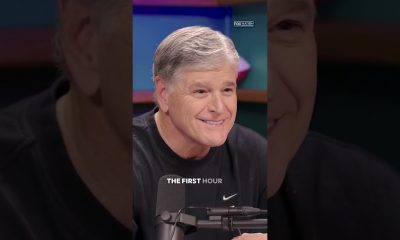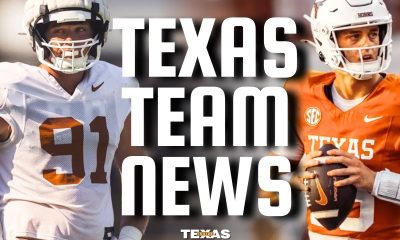NIL
Building partnerships for better public sports infrastructure
Building partnerships for better public sports infrastructure – The Sport Information Resource Centre Skip to content 9
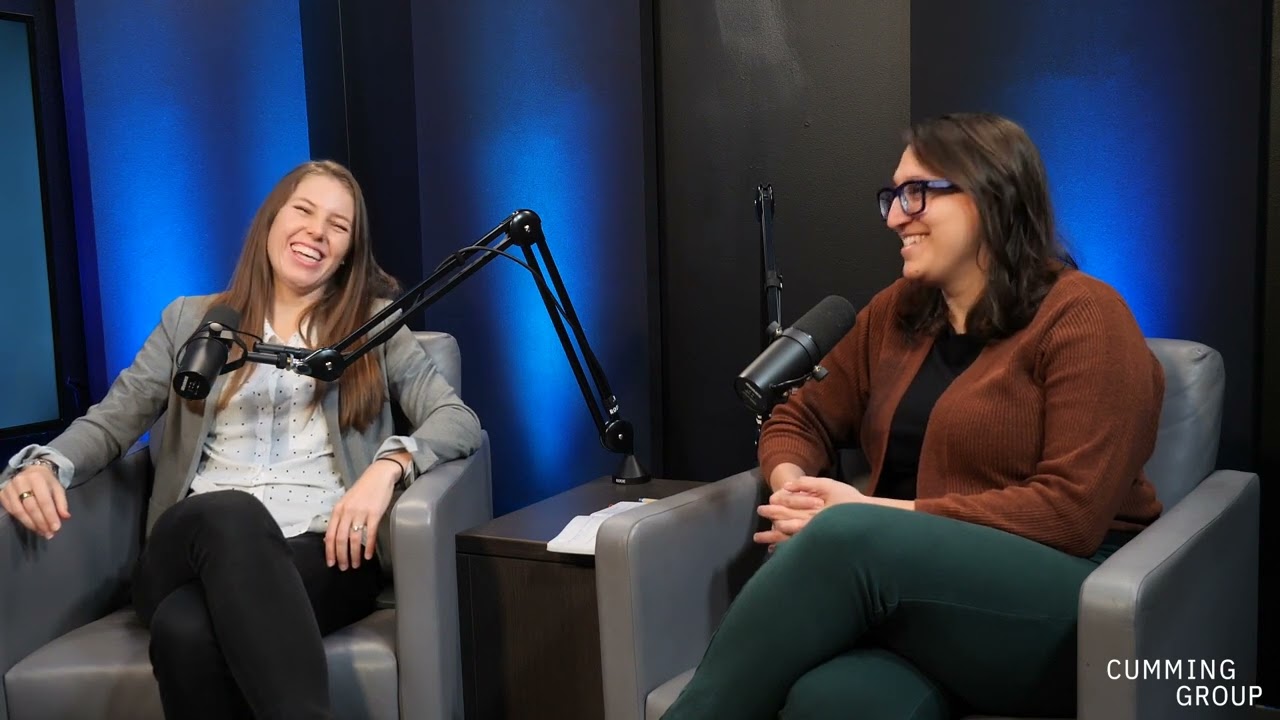

NIL
Cowboy Duo Wraps Up Action At Palmer Cup
RIDGELAND, S.C. – Oklahoma State’s men’s golf team was represented this past week at the Arnold Palmer Cup by rising juniors Ethan Fang and Preston Stout, who both competed for the United States at Congaree Golf Club. Fresh off leading OSU to its 12th national championship last month, both Cowboys finished with 2-1-1 records at […]
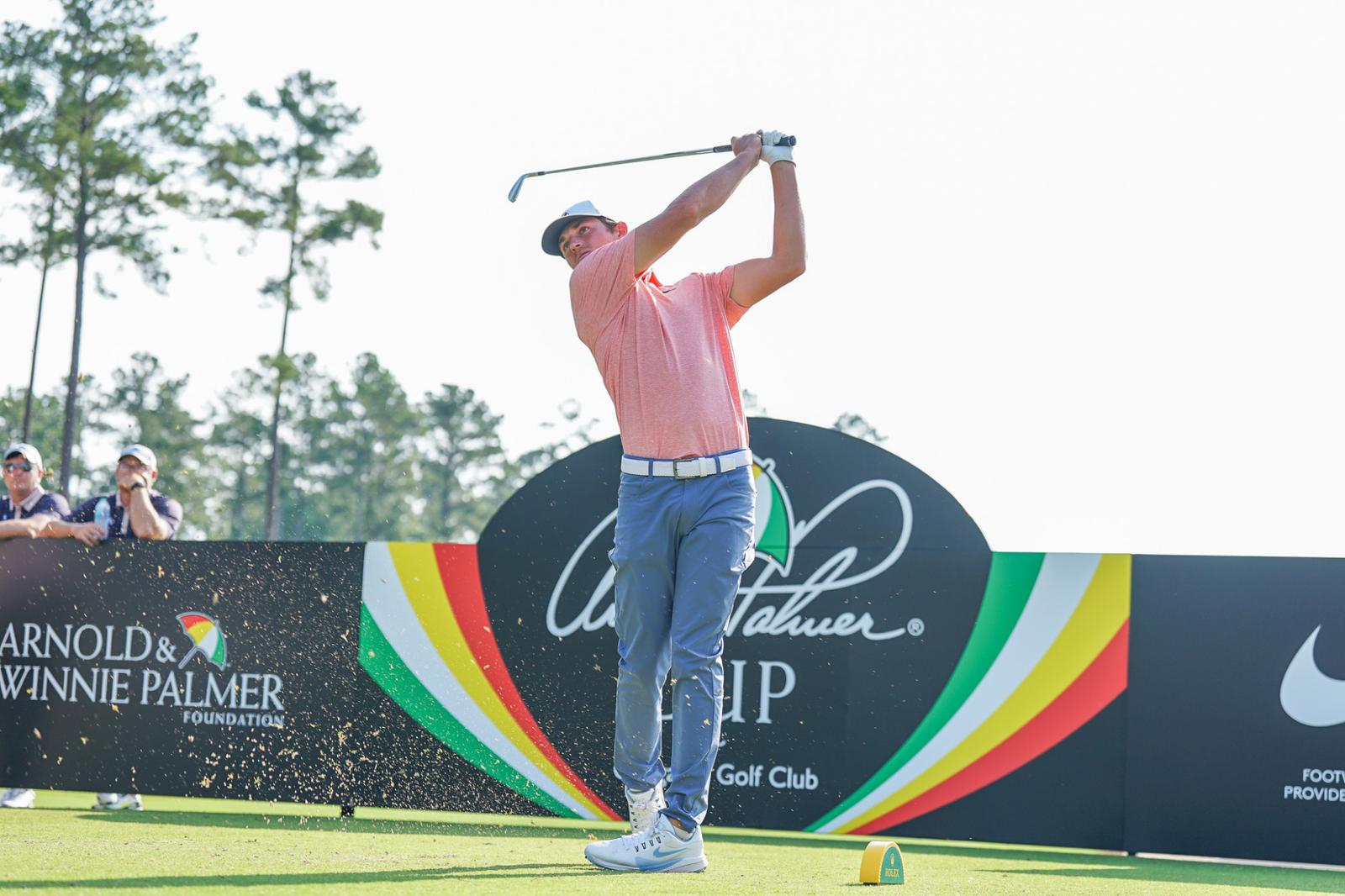
Fresh off leading OSU to its 12th national championship last month, both Cowboys finished with 2-1-1 records at the event, which concluded on Saturday. The International side came away with a 35-25 victory over the Americans.
During Thursday’s mixed fourball action, Fang teamed with Farah O’Keefe to notch a 3-and-2 victory over Caitlyn Macnab and Daniel Bennett. Stout and Kelly Xu tied their match with Eila Galitsky and Luke Poulter.
Friday morning saw Fang and Stout paired together in a foursome match against Connor Graham and Tyler Weaver. The Cowboy duo would prevail, 3 and 1. The afternoon session saw Fang paired with O’Keefe for mixed foursomes with the duo tying its match with Weaver and Lottie Woad.
Stout would pair with Anna Davis for the session, coming up short in a 2-and-1 loss to Carolina Chacarra and Pablo Ereno.
The event closed with singles action on Saturday with Stout taking down Charlie Forster, 3 and 2, while Fang fell in his matchup against Justin Hastings, 2 up.
Day 1 Mixed Fourball
Farah O’Keefe/Ethan Fang def. Caitlyn Macnab/Daniel Bennett, 3&2
Preston Stout/Kelly Xu tied Eila Galitsky/Luke Poulter
Day 2 Foursomes
Ethan Fang/Preston Stout def. Connor Graham/Tyler Weaver. 3&1
Day 2 Mixed Foursomes
Ethan Fang/Farah O’Keefe tied Tyler Weaver/Lottie Woad
Carolina Chacarra/Pablo Ereno def. Preston Stout/Anna Davis, 2&1
Day 3 Singles
Preston Stout def. Charlie Forster, 3&2
Justin Hastings def. Ethan Fang, 2 up
NIL
Career-worst night for NiJaree Canady in Texas Tech softball’s WCWS loss to Texas
Why Texas Tech, Texas will win 2025 WCWS It’s a Lone Star State Women’s College World Series this year, and reporter Jenni Carlson breaks down one reason Texas Tech will win and one reason Texas will win the WCWS. OKLAHOMA CITY — The final game of the 2025 season was one to forget for NiJaree […]

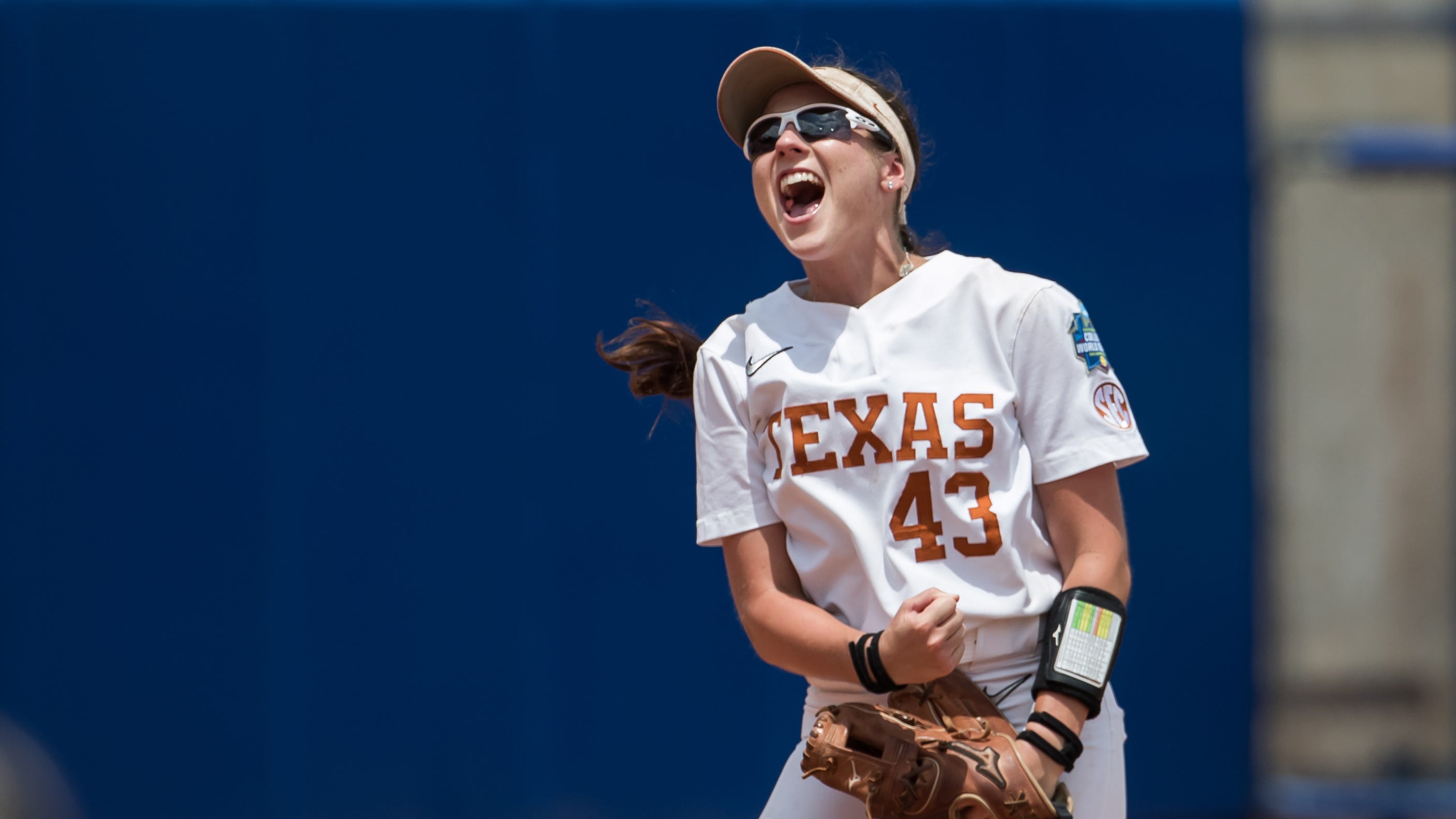
Why Texas Tech, Texas will win 2025 WCWS
It’s a Lone Star State Women’s College World Series this year, and reporter Jenni Carlson breaks down one reason Texas Tech will win and one reason Texas will win the WCWS.
OKLAHOMA CITY — The final game of the 2025 season was one to forget for NiJaree Canady in the Texas Tech softball team’s Game 3 loss to Texas in the championship of the Women’s College World Series.
Canady went to the circle for the third straight day against the Longhorns and got roughed up from the jump. Texas plated five runs in the bottom of the first and cruised to a 10-4 win to claim the national championship.
Canady had been stellar all season but the Longhorns were on her out the gate on Friday at Devon Park. She got through the first inning but not before surrendering five runs (all earned) on five hits and two strikeouts.
It was just the second time in Canady’s career she allowed five earned runs, the first coming back in the 2024 Super Regionals against LSU.
Canady struck out swinging in her only plate appearance of the night. She was relieved in the circle by Chloe Riassetto and at the plate by Raegan Jennings.
Earlier on Friday, it was reported that Canady had signed another seven-figure name, image and likeness deal with The Matador Club to return to Texas Tech next season.
NIL
Teagan Kavan Outduels the Nation to Become Last Pitcher Standing
The Texas Longhorns entered the 2025 season as the preseason No. 1 team. They ended the season as the national champion with a sophomore from Iowa leading them to the program’s first title. Teagan Kavan was named the Most Outstanding Player of the Women’s College World Series after throwing 31.2 scoreless innings across seven outings […]

The Texas Longhorns entered the 2025 season as the preseason No. 1 team. They ended the season as the national champion with a sophomore from Iowa leading them to the program’s first title.
Teagan Kavan was named the Most Outstanding Player of the Women’s College World Series after throwing 31.2 scoreless innings across seven outings in Oklahoma City.
With most of the talk focused on NiJaree Canady and her multiple $1 million NIL deals, Kavan quietly and confidently outdueled the nation’s best arms.
En route to the title, Kavan earned wins against the Southeastern Conference’s Pitcher of the Year in Tennessee’s Karlyn Pickens. She also earned a victory against Oklahoma’s Sam Landry before earning two wins over Canady in the final series.
Kavan isn’t one to show a ton of emotion in the circle, but she couldn’t hold back the tears once the final out was recorded, although she did deflect and give credit to her teammates.
“I think it’s my team,” Kavan said when asked if she felt like she deserved more credit. “That’s who gets the wins, not just me. It’s our whole team. That’s what we kept talking about, we’re talking about the whole team. I just love this team.”
Kavan battled through grief after losing her grandmother before leading the Longhorns to a 4-2 win over the Sooners and inspired her teammates with every pitch.
“I think it was awesome just watching her do her thing out there,” senior pitcher Mac Morgan said.” Very inspiring. Very proud of you. It’s very fun to be her teammate. Very loving, kind person. Someone you’re going to miss a lot.”
“Even though she’s a sophomore, she plays like a fifth-year,” senior Katie Cimusz added. “Seems like she’s been here a long time. And not many people can go out there their second year and play like a super senior.
“She does that every single game. And like Mac said she’s just a great person. This week, we were kind of playing for her. She had the loss of her grandmother, and I think that just really fueled us a lot was to go out there and play for her and just be able to say that we were able to do it.”
Kavan matured throughout the 2025 season. She had her ups and downs, but by the end she was standing on the mountain top while so many other pitchers who earned more attention for their performances were left looking up.
“Just watching her mature,” White said. “She’s never really been rattled per se. Even when shows giving up some runs, you don’t see the emotion on her face.
“Obviously, she cares about it and she doesn’t want that to happen, but she doesn’t get down. She doesn’t dwell on things. She’s able to bounce back with resiliency, which is great as a pitcher.”
More news: Texas Softball’s Mia Scott Reveals Gruesome Knee Injury on Social Media
More News: Texas Softball: Teagan Kavan Named WCWS Most Outstanding Player
More News: WCWS Finals: Texas Softball Captures Program’s First NCAA Championship
More News: Mia Scott’s WCWS Brilliance Caps Career with Texas Softball
NIL
Gonzaga, Big East could benefit
There was no immediate reaction from Gonzaga following court approval of the landmark House vs. NCAA lawsuit settlement on Friday evening. No statement on the Bulldogs’ website. Nothing from athletic director Chris Standiford or basketball coach Mark Few on social media. Nothing but radio silence in Spokane, where it appears victors don’t gloat. That’s right, […]

There was no immediate reaction from Gonzaga following court approval of the landmark House vs. NCAA lawsuit settlement on Friday evening.
No statement on the Bulldogs’ website. Nothing from athletic director Chris Standiford or basketball coach Mark Few on social media. Nothing but radio silence in Spokane, where it appears victors don’t gloat.
That’s right, folks. The Zags stand to become one of the biggest winners in the post-House world, where schools can share revenue with athletes starting July 1.
And they aren’t alone. Any school that values basketball and doesn’t compete in, or care about football could create for itself a substantial advantage in the talent-acquisition process.
Allow us to explain.
The revenue-sharing component features a cap of $20.5 million in the 2025-26 competition year, with annual increases expected. The power conference schools will undoubtedly max out in order to avoid blowback in recruiting, but there’s no requirement to do so.
Each athletic department will determine how to allocate the money, but the generally-accepted breakdown in the ACC, Big 12, Big Ten and SEC will result in about $15 million devoted to football rosters, roughly $3 million to men’s basketball and the rest to Olympic sports.
Schools with rich basketball traditions (UCLA, Arizona, Kansas, Kentucky, North Carolina and Duke) could exceed the average within the Power Four and share $4 million-to-$5 million with their basketball players, giving them an edge relative to intra-conference peers that prioritize football.
But schools without football don’t have to feed the beast. Gonzaga could plow as much as it wants into men’s basketball ($5 million, $7 million, whatever) as long as it doesn’t exceed the cap and makes the requisite commitment to Olympic sports.
It’s no different for the Big East. Whatever cash they muster can be earmarked for basketball. (Connecticut plays football but likely will prioritize basketball to the greatest extent possible.)
What’s more, the Zags can make use of third-party resources to supplement their revenue sharing.
The House settlement does not prohibit NIL. Instead, it attempts to eliminate pay-for-play funded by booster collectives and introduce a legitimate mechanism for compensating athletes for legitimate business opportunities.
The ACC, Big Ten, Big 12, SEC and Pac-12 — the five named defendants in the House lawsuit — have created an independent entity to track revenue sharing and enforce NIL payments. It’s called the College Sports Commission and will be led by Bryan Seeley, a former chief investigator for Major League Baseball and assistant U.S. attorney.
Athletes are required to report their contracts to ensure authenticity. If the deal is rejected, athletes can adjust the terms and resubmit or seek arbitration. Schools that allow athletes to compete with rejected deals could be subject to penalties assessed by the CSC.
Put another way: The more legitimate business opportunities available for athletes, the better.
Schools located in communities that are passionate about basketball will, in theory, have more avenues to compensate athletes with real NIL than schools in communities obsessed with football.
Combine the business opportunities in Spokane with the athletic department’s ability to disproportionately compensate its basketball team — as compared to the football-playing schools — and the Zags are extraordinarily well-positioned for the next era.
In the post-House world, it pays to not pay the football beast.
Other winners and losers from the lawsuit settlement …
Loser: The fans. Anything that increases expenses for athletic departments results in a greater burden placed on fans. Not only will direct donations be needed like never before, but constituents in the local business communities will be under pressure to provide NIL opportunities, as well.
Winner: Ed O’Bannon. The former UCLA basketball star started this decade-long economic transformation when he took the NCAA and EA Sports to court over the use of his likeness and image in a video game. His successful lawsuit led to NIL, which led to revenue sharing.
Loser: Administrative bloat. The budgetary pressures caused by $20.5 million in player compensation will cause schools to redirect all available cash. That could lead to staff downsizing and the elimination of mid-level managerial positions so pervasive in major college athletics. Expect to see fewer deputy senior assistant athletic directors for changing the water cooler.
Winner: Power Four bifurcation. It might take several years to determine the full implications of revenue sharing, but this much is immediately obvious: Schools with the deepest pockets and greatest commitment to winning will have an advantage. And those factors are absolutely not distributed equally throughout the power conferences. By the turn of the decade, it could be clear which schools covet the creation of a super league and which schools will be content downsizing their football programs.
NIL
NCAA President, College Sports Commission urge new era in college athletics with House Settlement
The brand-new College Sports Commission, formed to be launched simultaneously upon U.S. District Court Judge Claudia Wilken’s long-awaited approval of the House Settlement, revealed on Friday night that it intended to begin its oversight of Name, Image and Likeness deals immediately. Meanwhile, NCAA President Charlie Baker heralded Wilken’s final approval as a pathway to change. […]

The brand-new College Sports Commission, formed to be launched simultaneously upon U.S. District Court Judge Claudia Wilken’s long-awaited approval of the House Settlement, revealed on Friday night that it intended to begin its oversight of Name, Image and Likeness deals immediately.
Meanwhile, NCAA President Charlie Baker heralded Wilken’s final approval as a pathway to change.
“Approving the agreement reached by the NCAA, the defendant conferences and student-athletes in the settlement opens a pathway to begin stabilizing college sports,” Baker wrote in an open letter.
With Baker’s letter released almost exactly as the College Sports Commission revealed Major League Baseball executive Bryan Seeley as its CEO, it’s hardly happenstance that the CSC declared it intended to begin review of all NIL deals worth more than $600 today.
The organization posted the following on its now-public website:
“Starting June 7, 2025, NCAA Division I student-athletes must report third-party Name, Image and Likeness (NIL) deals with a total value of six hundred dollars ($600) or more in the aggregate. The College Sports Commission will utilize NIL Go, an online portal built with assistance from Deloitte, to determine whether third-party NIL deals are made with the purpose of using a student-athlete’s NIL for a valid business purpose and do not exceed a reasonable range of compensation. Additional guidance on third-party NIL deal reporting will be provided to student-athletes as their institutions are onboarded to NIL Go.”
Additionally, the CSC notes to visitors of its website that “It’s a new day in college sports. Schools across the country are now able to revenue-share directly with student-athletes.”
A Harvard Law School graduate who had spearheaded oversight matters for Major League Baseball, Seeley issued the following statement Friday night:
“I look forward to implementing a system that prioritizes fairness, integrity, and opportunity,” Seeley said, “while preserving the values that make college sports unique,
“I am energized by the work ahead and excited to begin building out our team.”
The group further declares, “College sports have a clear path forward toward a bright and stable future.”
Baker’s full letter is available via this link or below:
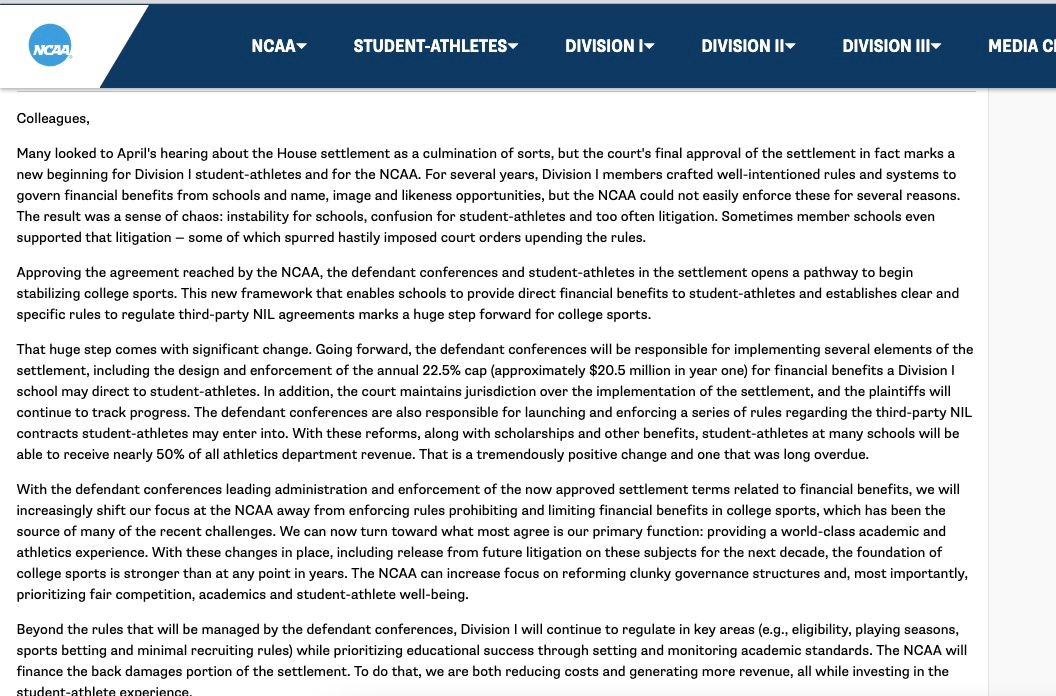
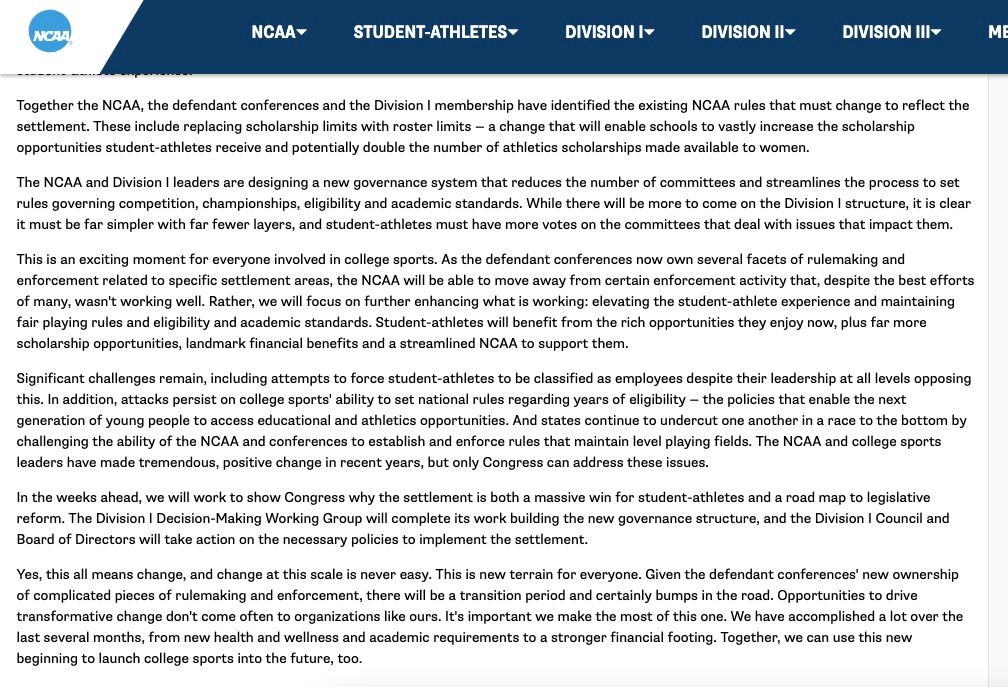
NIL
EA Sports Gamers Will Be Able To Help Their College Football Teams Make Money
The more fans who play as a specific college football team, the more revenue the school will receive. PublishedJune 7, 2025 3:08 PM EDT•UpdatedJune 7, 2025 3:09 PM EDT Facebook Twitter Email Copy Link In an eye-opening and major development in the ongoing world of NCAA and NIL deals, EA Sports has announced that schools […]

The more fans who play as a specific college football team, the more revenue the school will receive.
In an eye-opening and major development in the ongoing world of NCAA and NIL deals, EA Sports has announced that schools will now be able to get paid based on the number of times gamers choose their team in the upcoming EA Sports College Football 26 video game.
According to Cllct’s Matt Liberman, schools will be compensated in the form of royalties by how often their team is “used in gameplay.” There are 136 colleges and universities that have opted into the partnership with the gaming company, with all now eligible to be part of the revenue royalty program.
“For each CFB product released by EA SPORTS, we (CLC Learfield) will provide a percentage for each institution based on the games played for that institution as a percentage of the total games played across all institutions. This percentage of games played will become the final allocation percentage for each school that will be applied to the total gross royalties for all institutions received,” Cllct media reports based on documents obtained via the Freedom of Information Act.
SIGN UP for The Daily OutKick. New Look, Same Attitude.
FANS CAN HELP MONETIZE THEIR FAVORITE TEAM
In other words, video gamers and fans will be able to have a direct impact on their school’s recruiting and NIL money. The possibilities are endless in what may turn out to be a brilliant strategic move by EA Sports. The gaming company clearly knows that college football has some of the most rabid fanbases in all sports – from the Vols to Bama to the Bulldogs and the Clemson Tigers. The possibilities for chaos (and a heck of a lot of video game sales) are massive.
“It’s a fascinating incentivizer from EA Sports standpoint,” one high-level gaming source told me while adding that he expects more games to be sold and more teams and schools to be committed to building their EA relationships and marketing efforts.
THERE ARE SOME CONCERNS THOUGH
As with all things related to NIL these days, there are some important questions that need be answered. The first one involves the compensatory system itself. The public needs to know what, or more importantly, how long a game must be played in order to count towards the school’s NIL program.
My bigger concern, however, is bots.
Who is to stop bots and automatic gaming systems from just racking up games throughout the night from all over the globe? There has to be some sort of technological oversight, otherwise, the legitimacy of the royalty program would come into question, similar to what happened with Spotify after it was found that some third parties were being hired by labels, or artists, in order to utilize automated streaming systems to boost a particular song or album. The result not only brought in more compensation and royalties, but also attention and more popular playlist adds. Both the NCAA and EA Sports need to make sure this doesn’t happen.
“There are ways to monitor for that sort of thing and also the community itself can help police that with reports and what not,” the gaming source continued. “Although we still don’t know what counts as ‘games played’, my guess would be online games only, which would be easier to track for bots and other nefarious activity.”
Regardless, the EA Sports / NIL / NCAA development is another gamechanger as schools will look to bring in as much additional revenue as they can. On Friday, a judge upheld the House Settlement ruling that essentially allows schools to pay college athletes, which is expected to change the landscape of college sports forever.
Between that ruling and EA Sports’ latest royalty program, everything we once knew about college sports continues to be dismantled.
WHAT DO YOU THINK OF THE CURRENT COLLEGE FOOTBALL NIL LANDSCAPE? TWEET ME: @TheGunzShow
-

 College Sports3 weeks ago
College Sports3 weeks agoPortal Update – Basketball and Gymnastics Take Hits
-

 College Sports3 weeks ago
College Sports3 weeks agoPortal Update – Basketball and Gymnastics Take Hits
-

 Professional Sports2 weeks ago
Professional Sports2 weeks agoJon Jones answers UFC retirement speculation as fans accuse champion of 'holding the belt …
-

 Health3 weeks ago
Health3 weeks agoBYU women's basketball guard injures ACL twice
-

 NIL2 weeks ago
NIL2 weeks ago2025 NCAA Softball Tournament Bracket: Women’s College World Series bracket, schedule set
-

 Youtube3 weeks ago
Youtube3 weeks agoXavier Legette taught Marty Smith his signature celly
-

 College Sports3 weeks ago
College Sports3 weeks agoNCDC Commitment Profiles: Cyclones’ Martins Moving On to Saint Anselm College • USPHL
-

 College Sports3 weeks ago
College Sports3 weeks agoIU basketball recruiting
-

 High School Sports2 weeks ago
High School Sports2 weeks agoToday in the MHSAA
-

 Motorsports2 weeks ago
Motorsports2 weeks agoWhy IHOP Rode With Dale Earnhardt Jr. In Amazon NASCAR Debut
























